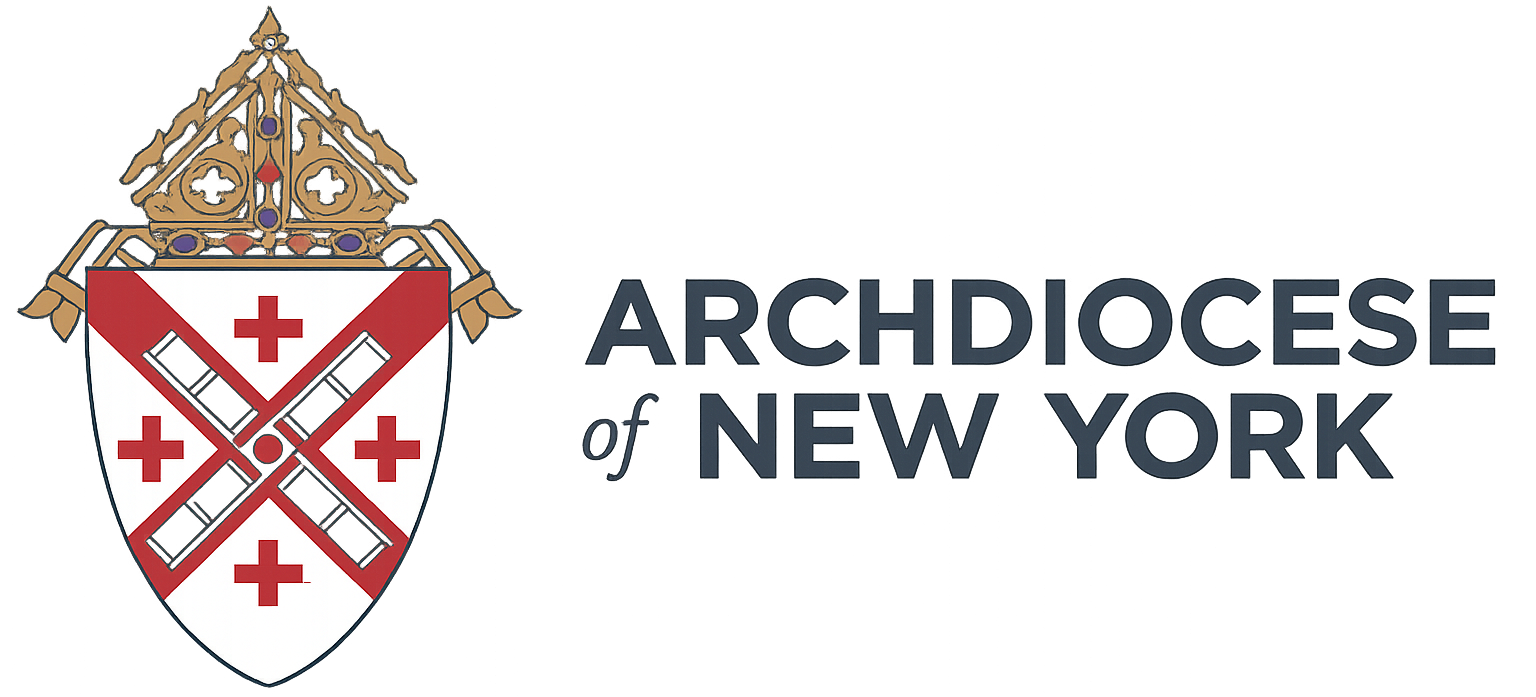Mission Statement
Committed to the work begun by Jesus, the deacon is ordained to the ministry of service. He is a sign of Christ’s love and concern for all who are in need – especially the widowed, orphans, the infirm, the elderly, prisoners, couples, teenagers, and all who are in need of the loving and serving heart of Christ.
The aspirant begins formation in a small, intimate, caring environment where the dignity of the individual is valued. The aspirant and candidate pursue a spiritual, theological, and pastoral four-year formation program which integrates the aforementioned aspects of formation and assists him to:
- strengthen his spirituality
- discern his vocation
- acquire a strong foundation in scripture, liturgy, dogma, moral and pastoral theology
- be an evangelizer to people of all ages, of every ethnic / racial background
- be a true witness of the Gospel in his words and deeds and at all times strive for peaceful solutions to human conflicts
- grow ever close to Mary, Mother of God, whose life of service should be a model for all aspirants and candidate
- share with his wife and family the training and formation he undergoes so that they will become aware of the ministry, support it, and accommodate the demands of the ministry to their daily family life
The Diaconate Formation Program in the Archdiocese of New York is a four-year program. Aspirants and candidates meet at St. Joseph Seminary, Dunwoodie, or at Our Lady of Lourdes High School, Poughkeepsie, on Monday and Wednesday evenings, September through June, from 6:45 pm to 10:00 pm to pray the Liturgy of the Hours (Evening and Night Prayer) in community, to attend classes, and to participate in spiritual, liturgical, and social activities. In addition, aspirants and candidates attend spiritual, theological or pastoral workshops or broaden their familiarity with various Archdiocesan offices and personnel and strengthen communal bonds on selective Friday evenings or Saturdays throughout the year.
